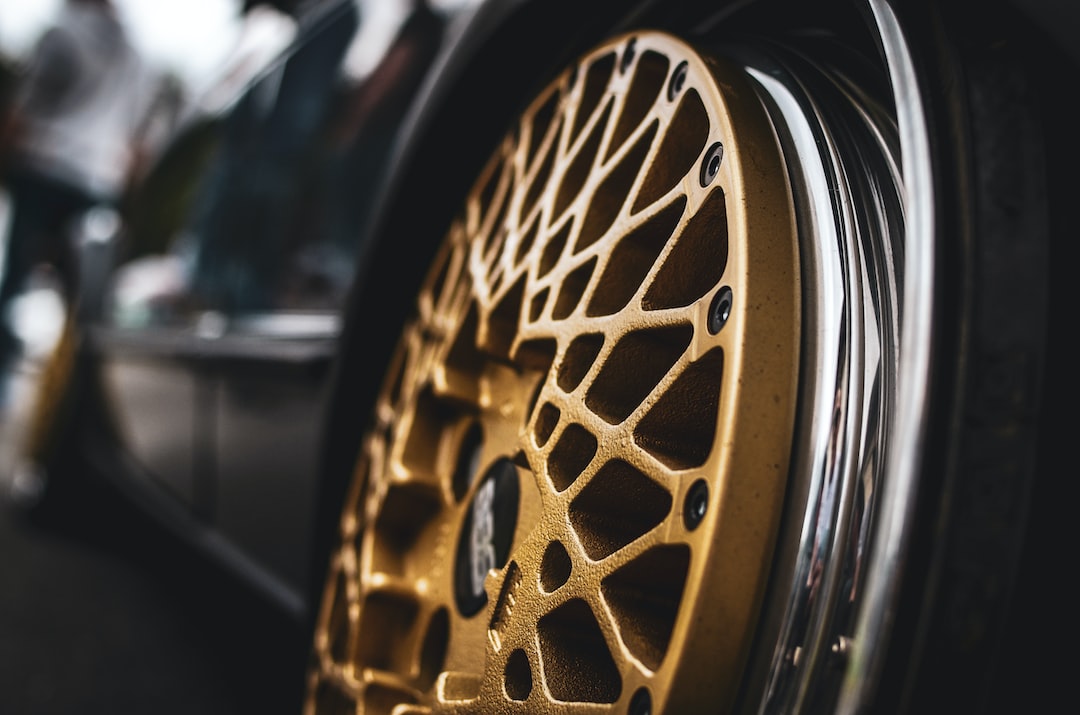10 Essential Safety Features in Modern Cars
When it comes to buying a new car, safety should always be a top priority. Thankfully, modern cars are equipped with a myriad of safety features that provide additional protection for both the driver and passengers. In this blog post, we will discuss ten essential safety features found in modern cars, ensuring you make an informed decision when considering your next vehicle purchase.
1. Anti-lock Brake System (ABS): The ABS is designed to prevent the wheels from locking up during sudden or hard braking, allowing the driver to maintain control of the vehicle. By pulsing the brakes rapidly, it enables the driver to steer while stopping, reducing the risk of skidding and maintaining stability.
2. Electronic Stability Control (ESC): ESC helps to prevent the car from skidding or sliding sideways during sudden maneuvers or on slippery roads. It utilizes sensors to detect when the vehicle is not responding to the driver’s inputs and automatically adjusts the braking force to individual wheels, enhancing stability and improving overall safety.
3. Lane Departure Warning (LDW): This safety feature uses cameras or sensors to monitor the vehicle’s position on the road. It alerts the driver if the car unintentionally drifts out of its lane, helping to prevent accidents caused by drowsiness or distraction.
4. Forward Collision Warning (FCW): FCW is designed to detect potential collisions with vehicles ahead and provides a warning to the driver. Using radar or camera technology, it analyzes the distance and closing speed, giving the driver valuable time to react and potentially avoid a collision.
5. Automatic Emergency Braking (AEB): AEB takes FCW a step further by automatically applying the brakes if a potential collision is imminent and the driver fails to respond in time. This advanced safety feature has been shown to significantly reduce the severity of accidents and can even prevent them altogether.
6. Blind Spot Detection (BSD): BSD uses sensors or cameras to monitor the areas that are not visible to the driver in their mirrors. It alerts the driver if there is a vehicle in their blind spot, greatly reducing the risk of collisions when changing lanes or maneuvering in tight spaces.
7. Rearview Camera: Rearview cameras provide a clear view of what is behind the vehicle, assisting the driver while reversing and eliminating blind spots. This safety feature has become mandatory in many countries due to its effectiveness in preventing accidents, especially involving children and pedestrians.
8. Tire Pressure Monitoring System (TPMS): Correct tire pressure is essential for maintaining stability and handling. TPMS continuously monitors the tire pressure and alerts the driver if there is a significant drop in pressure, reducing the risk of accidents caused by tire blowouts or loss of control.
9. Adaptive Headlights: Adaptive headlights automatically adjust the direction and intensity of the lights based on the vehicle’s steering angle and speed. By illuminating the road ahead more effectively, especially in curves and corners, they enhance visibility and reduce the possibility of accidents during nighttime driving.
10. Advanced Airbag System: While airbags have been around for decades, modern cars are equipped with advanced airbag systems that provide better protection in the event of a collision. These systems include front and side airbags, as well as curtain airbags to protect occupants’ heads. Some cars even have knee airbags to minimize leg injuries.
In conclusion, modern cars offer a wide range of safety features designed to protect drivers and passengers from potential accidents. From ABS and ESC to LDW and AEB, these features provide an additional layer of security and peace of mind on the road. When purchasing a new car, be sure to prioritize safety and consider these essential safety features to make an informed decision. Remember, your safety and that of your loved ones should always come first when behind the wheel.

